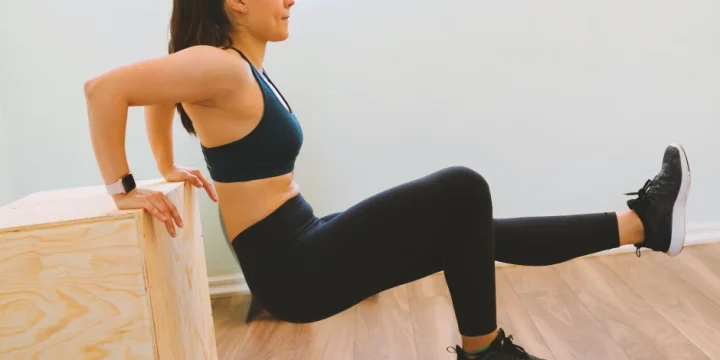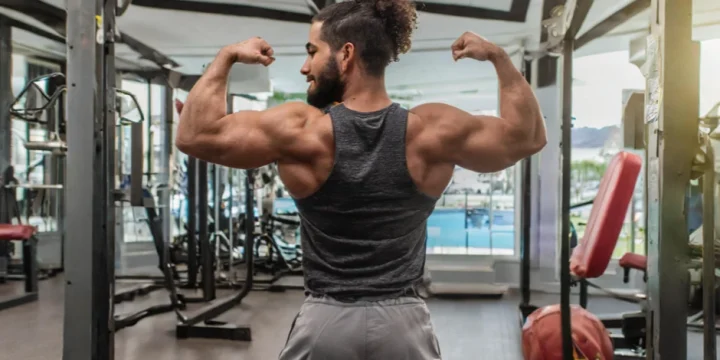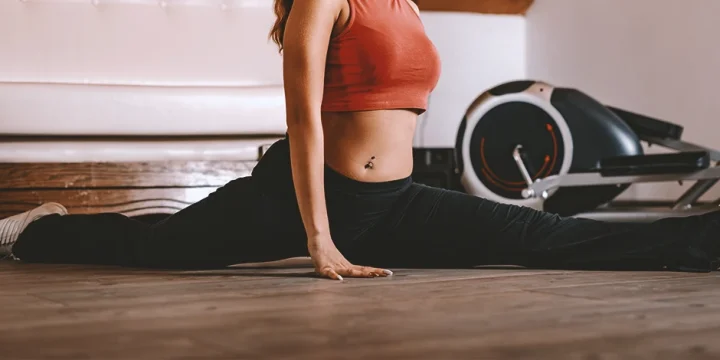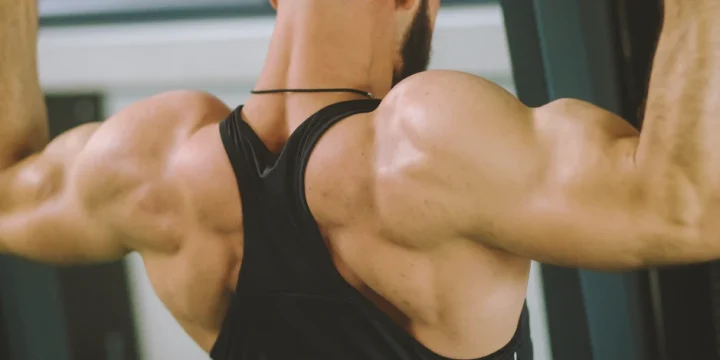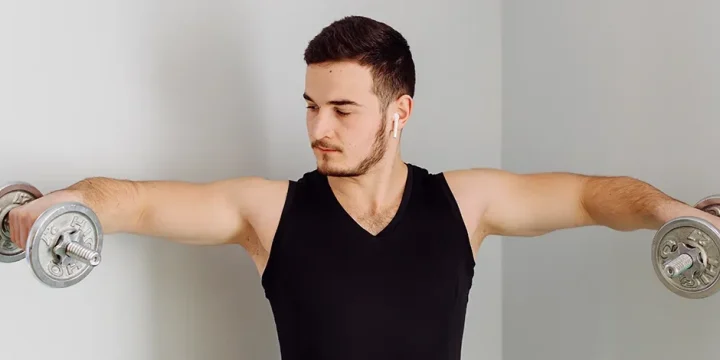In my decade-long experience as a fitness coach, countless people have asked me which workout split is the most effective.
Essentially, the best workout split depends on your fitness level and what you intend to achieve, so there’s no one-size-fits-all approach here.
To dig into this a bit further, I’ve combined what I know from my experience and what I’ve learned from consulting a physical therapist who doubles up as a bodybuilder.
Here are some of the best workout splits.
Quick Summary
- The full body split, the upper-lower, push-pull leg workout, and body part splits are among the most common workout splits.
- Experience, schedule, weaknesses, rest, and recovery are among the things you should consider before selecting a workout program.
- According to studies published in the National Library of Medicine, a training frequency of two times a week promotes superior hypertrophy compared to just once a week.
- Drawing from years of coaching, I've observed that a tailored workout split can dramatically improve both physical performance and motivation.
Best Workout Splits
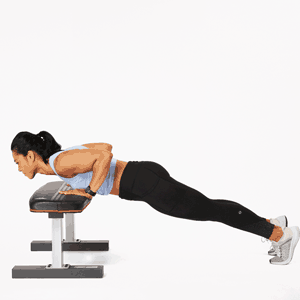
Below are four of the most common body workout splits:
1. Full-Body Split
Here’s a quick example:
2-Day Split
- Day 1: Full body (squats, shoulder press, bench press, rows)
- Day 2: Rest and recovery
- Day 3: Rest and recovery
- Day 4: Full body (deadlifts, overhead press, incline press, pull-ups, planks)
- Day 5-7: Rest and recovery
3-Day Split
- Day 1: Full-body workout (squats, overhead press, dips, rows)
- Day 2: Rest and recovery
- Day 3: Full-body workout (pull-ups, bench press, split squats, planks)
- Day 4: Rest and recovery
- Day 5: Full-body workout (deadlifts, pushups, overhead press, hanging leg raises)
- Day 6-7: Rest and recovery
A full-body routine is great for improving strength and athleticism. I always put my new clients on this workout routine to allow them to get familiar with the equipment and to enable them to exercise every body part with moderation.
2. Upper-Lower Split

This workout routine involves dividing workouts into upper-body training days and lower-body days. In the former, you train your major upper region muscles, while in the latter, your lower region muscles.
Upper body muscle groups include:
- Chest
- Back
- Shoulders
- Triceps
- Biceps
Lower body muscles:
- Quads
- Glutes
- Calves
- Hamstrings
The upper-lower workout split is flexible and can be done 2–6 days a week. However, the most common is 4 days.
Here’s what a typical 4-day upper-lower split looks like:
- Day 1: Upper body workout
- Day 2: Lower body
- Day 3: Rest
- Day 4: Upper body
- Day 5: Lower body
- Day 6 & 7: Rest
The upper-lower split, balancing volume and intensity, serves as an ideal middle ground between full-body and body part splits.
It's adaptable for various age groups, accommodating hormonal and physical variations.
This split emphasizes major compound movements, supplemented with exercises for smaller muscles like calves, triceps, and biceps.
Research from the National Library of Medicine shows training twice weekly fosters better muscle growth than once-a-week sessions, making the upper-lower split optimal for muscle building [1].
In my coaching experience, clients aiming for hypertrophy have seen significant gains with this routine.
3. Push, Pull, Legs Split (PPL)
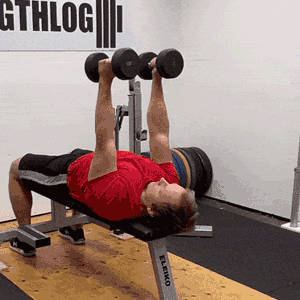
The PPL split allows you to train for push days, pull days, and leg days.
Push days involve upper-body pushing muscles, which include your shoulders, chest, and triceps.
Pull days are upper-body pulling muscles, which consist of the back muscles, abs, biceps, and forearms.
Leg days consist of the regular lower body muscles, glutes, quads, hamstrings, and calves.
Here’s what a typical workout looks like:
- Day 1: Push (Shoulders, chest, and triceps)
- Day 2: Pull (Biceps, back, forearms, and abs)
- Day 3: Legs
- Day 4: Shoulders, chest, and triceps
- Day 5: Biceps, back, forearms, and abs
- Day 6: Legs
- Day 7: Rest
The Push Pull Legs, also an effective Chris Bumstead workout routine, gives you ample recovery time between training muscles while allowing you to train a muscle at least twice a week, which, as we've seen, is good for muscle hypertrophy.
This split also provides an excellent framework for incorporating nutritional guidelines specific to each training day, enhancing muscle recovery and growth.
Related Articles:
How to Choose the Right One

When choosing a workout split, you need to consider what you intend to accomplish, your experience, availability, weaknesses, and recovery/rest needs.
Let's examine these factors more in depth.
Goals
If you’re building muscle, your training program will probably be different from someone else who is trying to lose fat.
Others who are establishing a foundation for fitness to improve strength or athleticism may have to choose a different split altogether.
“The number one thing to keep in mind when picking a workout split is what you’re looking to accomplish.”
- Ben Pollack, Ph.D., Professional Powerlifter
Related: Weekend Workout Routine
Experience
Another big factor is experience. A beginner will likely need a training program that involves lighter workouts to avoid overstressing their muscles.
On the flip side, an experienced lifter will be looking to add training frequency, training intensity, and volume.
His training program will likely differ from that of a beginner.
Schedule

Rest/Recovery

I caution clients against training sore muscles, emphasizing the importance of rest days for muscle growth and recovery. A well-planned routine accommodates this.
Factors like experience, lifestyle, and age influence your rest needs; beginners and older individuals often require more recovery time, as do those with sleep challenges.
Weaknesses
Addressing weaknesses is key; for example, if leg workouts are challenging, it's beneficial to train legs when fresh or opt for a split that targets them more frequently.
In my coaching practice, tailoring workouts to individual needs and limitations has proven crucial for balanced development and injury prevention.
Why Are They Important?
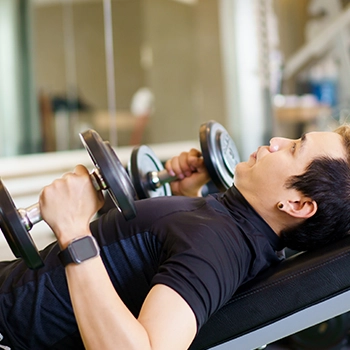
Workout splits provide a clear, goal-oriented path and offer psychological benefits like improved mental health and stress reduction through a structured regimen.
They allow focused training on specific muscle groups while others recover, preventing overtraining or undertraining.
Research from the National Institute of Health confirms competitive bodybuilders use these methods [2].
From my experience as a coach, a well-planned split ensures training with maximum effort and helps avoid burnout.
However, it's crucial to complement this with proper nutrition and sufficient sleep for optimal results.
Related article:
FAQs
Which Split Is Best for Fat Loss?
The best split workouts for fat loss are full-body, push-pull legs, and upper-lower splits.
They are compound workouts that enable ample calorie burning, and since all splits promote hypertrophy, they also help burn fat at rest and which makes them great for weight loss.
Which Split Is Best for Beginners?
The best split for beginners is the full-body workout split. It allows them to exercise major body parts with moderation while enabling them to be familiar with the equipment.
References:
- https://pubmed.ncbi.nlm.nih.gov/27102172/
- https://www.ncbi.nlm.nih.gov/pmc/articles/PMC7698840/
About The Author
You May Also Like
